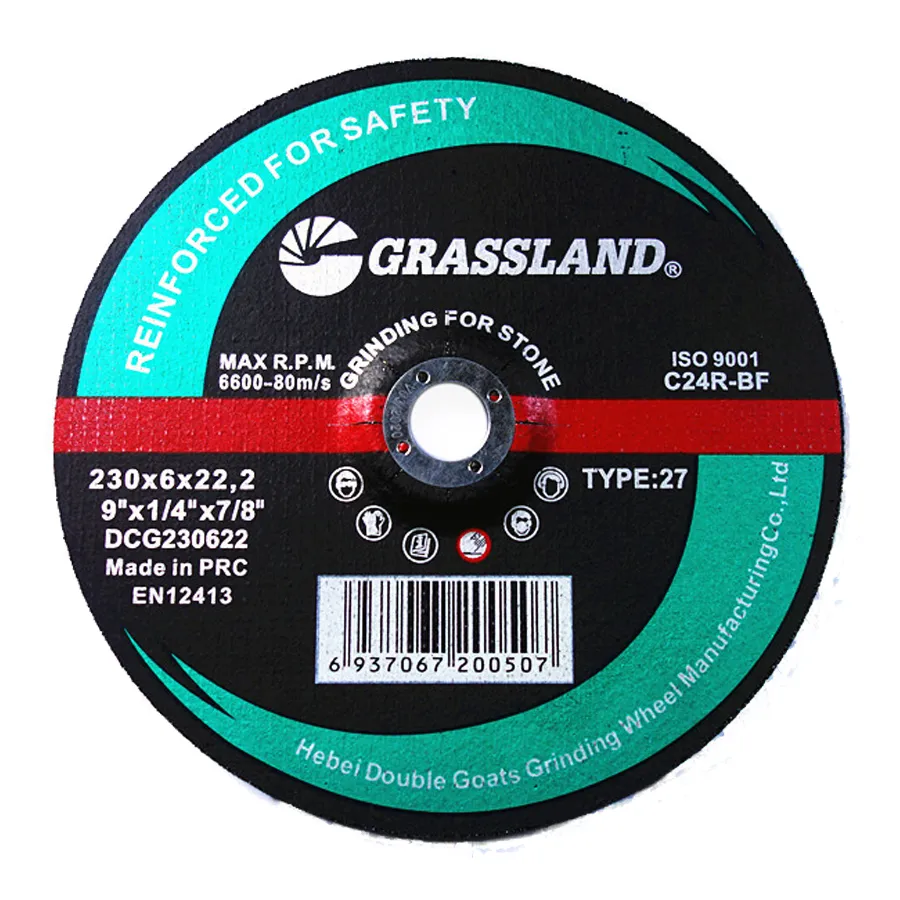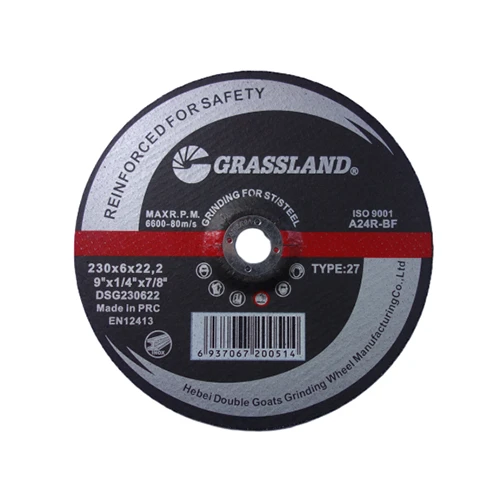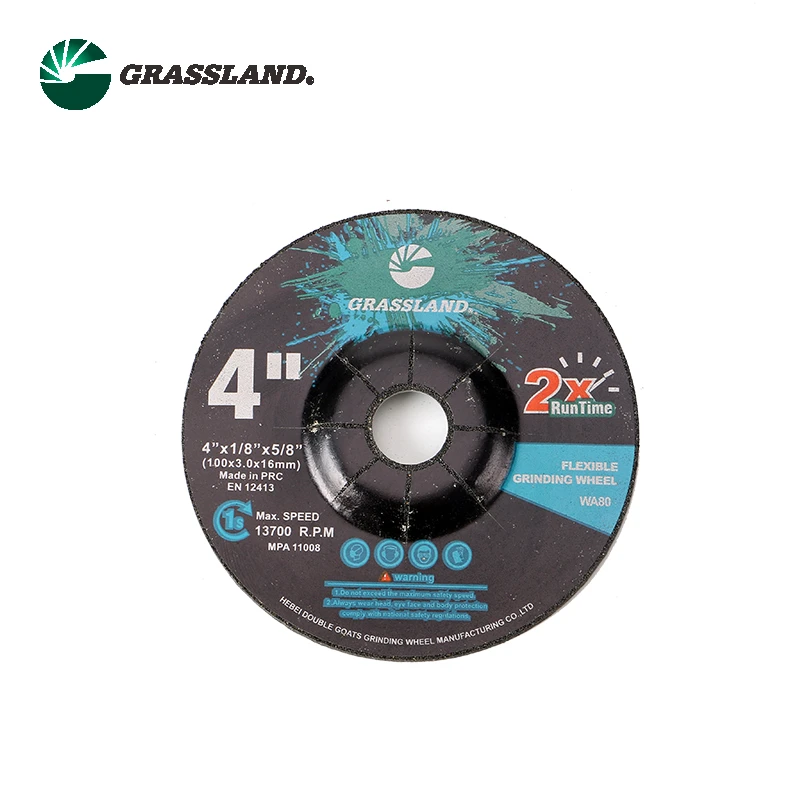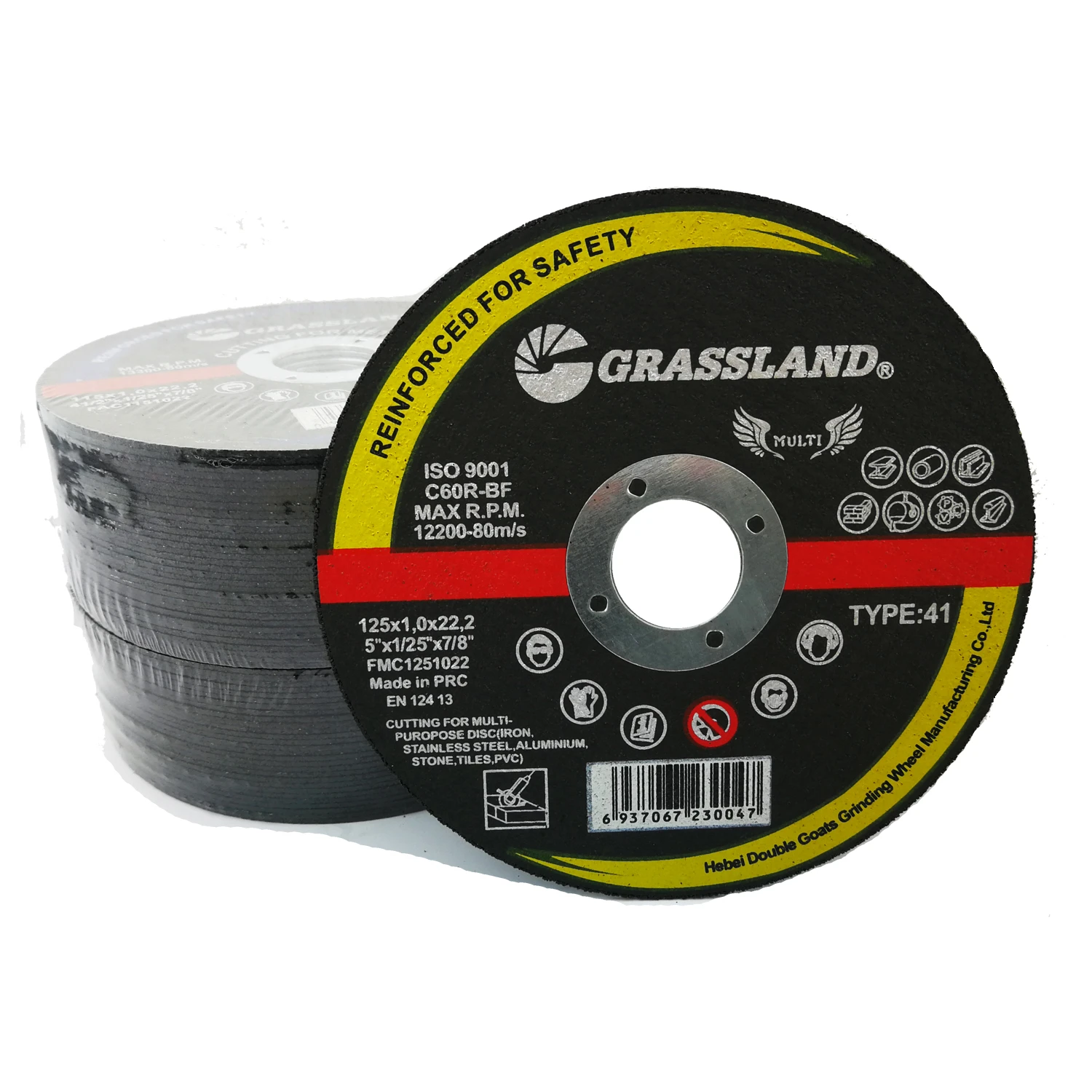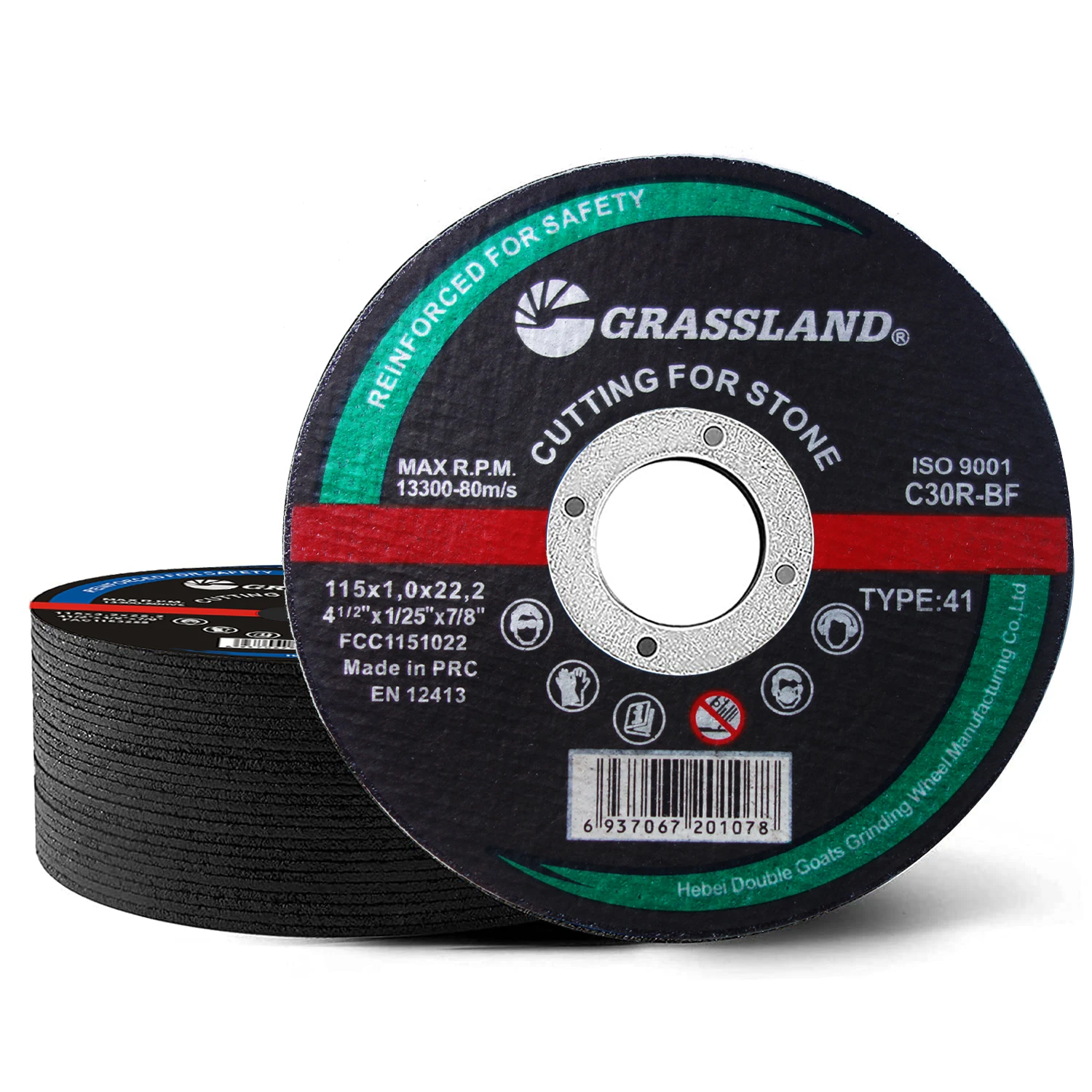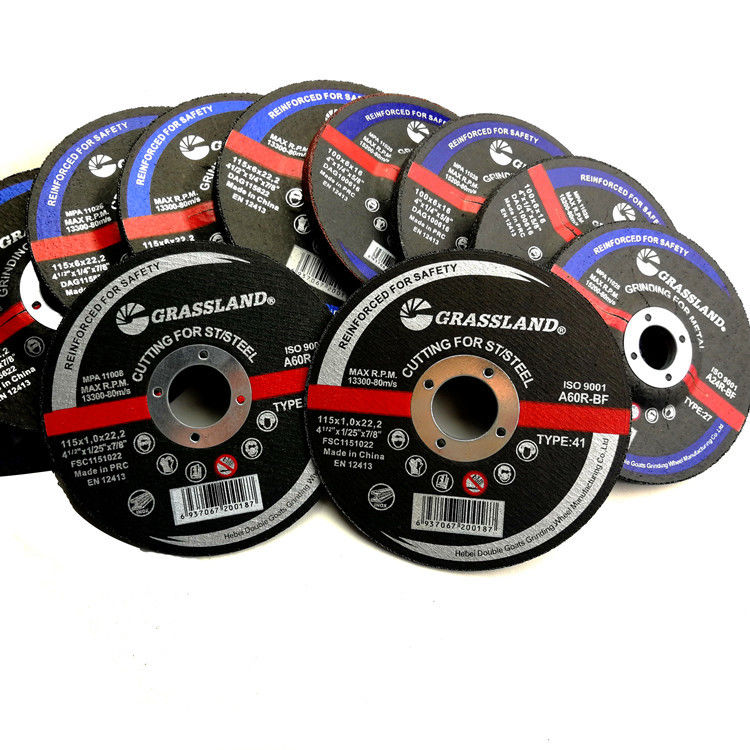Understanding Flap Discs A Comprehensive Overview
Flap discs are versatile and efficient tools widely utilized in various industries, especially in metal fabrication, woodworking, and construction. Their design and functionality have revolutionized the way professionals approach surface preparation and finishing tasks. In this article, we will explore what flap discs are, their applications, advantages, and how to select the right flap disc for your specific needs.
What are Flap Discs?
Flap discs consist of multiple overlapping abrasive flaps attached to a central hub. These flaps are typically made from materials like aluminum oxide, zirconia alumina, or ceramic, which are selected based on the specific requirements of the job. The flaps are arranged in a way that allows for a consistent and even sanding surface, making flap discs ideal for grinding, blending, and polishing.
Applications of Flap Discs
Flap discs are used across a multitude of applications, including
1. Metalworking In metal fabrication, flap discs are essential for removing weld seams, preparing surfaces for painting, and achieving a polished finish on various metals such as steel and aluminum.
2. Woodworking Woodworkers use flap discs for sanding wood surfaces, shaping edges, and creating smooth finishes. Their flexibility allows them to conform to irregular shapes, making them ideal for detailed work.
3. Construction In the construction industry, flap discs are utilized for surface preparation on concrete and masonry materials, aiding in effective cleaning and smoothing of rough edges.
4. Automotive Repair Mechanics frequently employ flap discs for bodywork repairs, enabling the swift removal of paint and rust, as well as preparation for new coat applications.
Advantages of Flap Discs
Flap discs offer several advantages over traditional grinding wheels and sanding discs
1. Versatility They can be used for various tasks, including grinding, polishing, and finishing on multiple materials.
flap disc 5

2. Efficiency The overlapping flaps provide a larger surface area, allowing for faster material removal and longer service life compared to traditional sanding methods.
3. Reduced Heat Generation Flap discs generate less heat due to their design, reducing the risk of damaging the workpiece and extending the life of the abrasive.
4. Better Control Users have greater control while working, which is particularly important in applications requiring precision.
5. Ease of Use Flap discs are easy to mount and use with various power tools, making them accessible for both professional and DIY users.
Selecting the Right Flap Disc
When choosing a flap disc, consider the following factors
1. Abrasive Material Different materials offer distinct advantages. Aluminum oxide is great for general use, while zirconia alumina is ideal for tougher materials due to its durability.
2. Grit Size The grit size will dictate how aggressive the flap disc is. Coarser grits (like 36-60) are suitable for heavy material removal, while finer grits (like 120-320) are better for finishing.
3. Disc Type Flap discs come in two primary types Type 27 (flat) and Type 29 (angled). Type 29 is typically used for blending and finishing, while Type 27 is favored for flat surfaces.
4. Size Ensure the size of the flap disc matches your tool's specifications for optimal performance.
Conclusion
Flap discs are an essential tool for anyone involved in grinding, sanding, or finishing. Their versatile applications, combined with benefits such as efficiency and ease of use, make them a preferred choice in various industries. By understanding the different types of flap discs and their specific applications, users can enhance their productivity and achieve superior results in their projects. Whether you are a professional tradesperson or a DIY enthusiast, investing in quality flap discs will undoubtedly elevate the quality and efficiency of your work.
Post time:Dec - 12 - 2024







